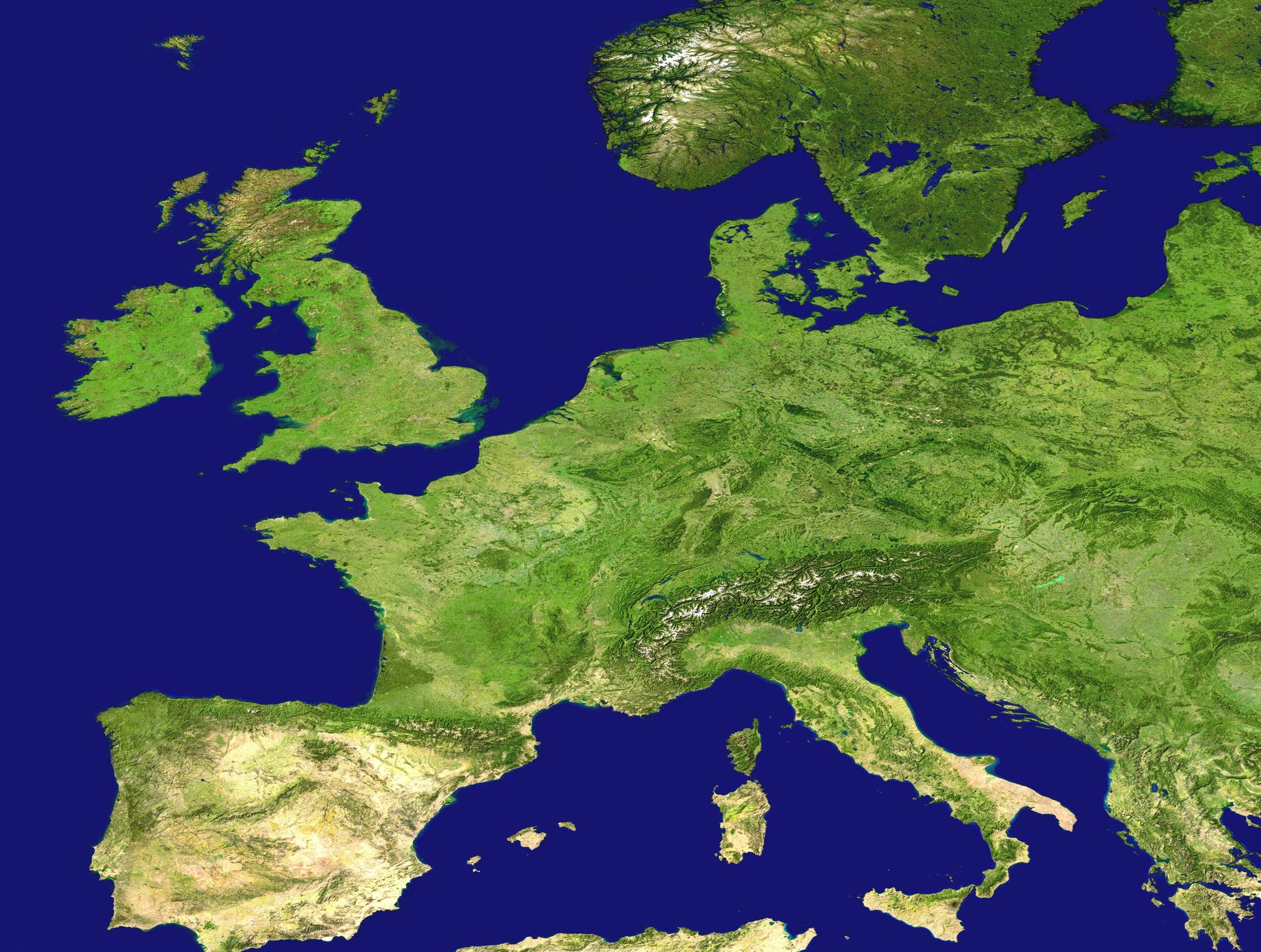European Census Data and Boundaries
Censuses have been a critical element of running a civilisation since civilisation began.

Censuses have been a critical element of running a civilisation since civilisation began. If Luke is to believed, Jesus of Nazereth was only born in Bethlehem due to the strictures of the census of Quirinius. It is not recorded how the enumerators chose to code ‘omniscient’ when recording Jesus’s father’s education level.
Today a foundation of any location/network planning project is to know where people are and as much information about them as possible. This allows analysts to understand your customers, direct resource where necessary and expand potential interactions with your business. In the age of massively large and contemporaneous data, censuses remain an absolutely vital near-definitive source of truth.
This year has seen more projects for Geolytix outside of the UK, meaning we have needed the same data building blocks that we use in the UK to develop on. While we in the UK can take our user-friendly formatted census for granted (thanks to Blair’s processing and release as open data in the early Geolytix days), other countries don’t have such a readily available and usable data set without a lot of work.
The purpose of a census is to describe the population living in a country at a point in time; to report on the population, structure of that population and geographical distribution. A census of the global population is taken roughly every 10 years, countries conduct their own and there are a different types of census carried out – traditional, rolling, administrative register and in some cases a combination.
The United Nations Economic and Social Council encouraged Member States to carry out a population and housing census at least once in the period 2005-2014 and to release the results promptly. In April 2011 it is estimated 79% of the world population across 134 countries had been counted. Although surveys are conducted and reported more frequently they don’t allow for detailed reporting at small geographical areas. The census is the only statistical dataset that can have the level of coverage to capture a full country’s demographics and give a true overall representation.
We are currently processing up all censuses starting with Europe to create a harmonised and convenient data product for uses across a host of sectors. The work consists of translation and harmonising variable names and full descriptions into English. Allocating consistent naming to allow easier comparison between the same variables captured across multiple countries – this is vital for businesses who operate in multiple countries. Assigning all the variables into groupings allows easier analysis when interested in specific variables and much more user friendly for accessing the most relevant you need; for example Estonia has over 2.3K variables so far and counting. The variables are grouped into population, gender, age, education, skills, economic activity, economic inactivity, family structure of individuals, household units, dwelling units, building form, region of origin, ethnicity, region of citizenship, region of migration, religion, race, urbanity, area, dependency and languages.
Additional work has been carried out to create a seamless boundary, this has allowed bordering countries to seamlessly join and eradicates overlaps and gaps. An example of this is area where Portugal meets Spain creating a dynamic product for pan European analysis.
We have processed the variables available at the lowest level of census administration geography available. We always link these geographies to both the codes and boundaries which can be aggregated up to create higher geographies or linked to other data sets (surveys etc.) to enhance the understanding of demographics within a country.
As you can imagine challenges in accessibility of the data (free vs paid-for), the translation work and labour in creating consistent and user friendly formatting means this is an ongoing task. For Europe we aim to have the 32 European Union & European Free Trade Association countries processed and released within the first half of 2018 along with a handful of countries from further afield including the 2016 quinquennial censuses of Australia, Canada, Ireland and Hong Kong.
As we increase the coverage we are also creating in-country and globally consistent families of scales describing lifestage, affluence, migration and urbanity.
Please get in touch if you are interested in census data and boundary files for one, multiple or all countries.
